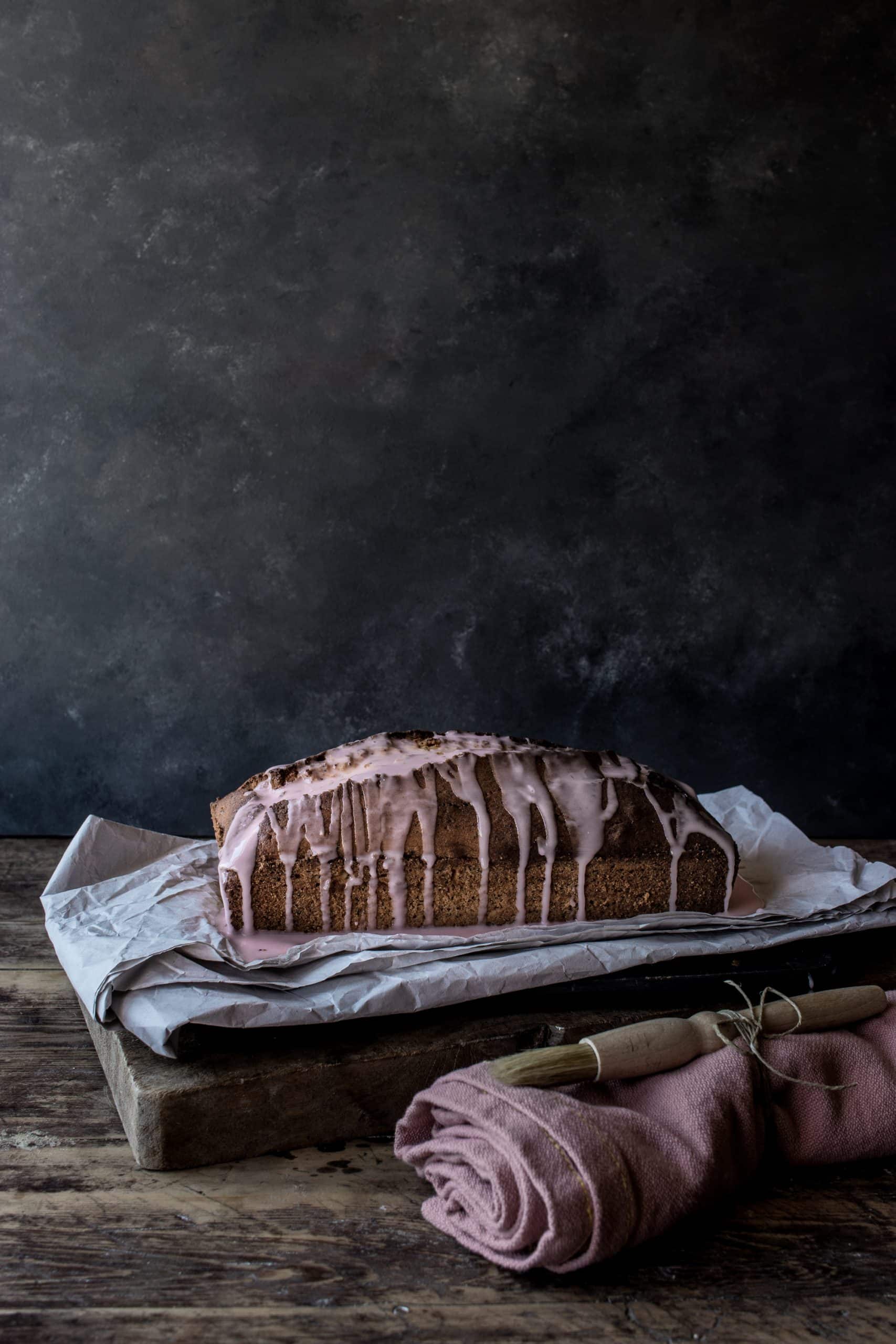The mystery of an excellently made traditional British custard is a topic of many a culinary conversation. Its smooth, creamy texture, combined with the sweet aroma and taste of vanilla make it a versatile match for many desserts. But what is the secret to achieving that perfect consistency and flavor? Let’s unravel this culinary enigma.
Unveiling the Ingredients
The beauty of traditional British custard rests in its simplicity. It requires only a few staple ingredients, and the magic lies in how you handle them. We’re talking about milk, egg yolks, sugar, and the star of the show: vanilla.
This might interest you : What’s the Secret to a Savory Clam Chowder with a Smoky Bacon Garnish?
Milk: The Base of the Custard
Milk is the primary liquid component of the custard. It’s not just an inert carrier of flavors, but a crucial player in achieving that desired creamy texture. While any type of milk will do, whole milk is typically preferred due to its higher fat content, which contributes to a richer, creamier custard.
Egg Yolks: Richness and Thickness
Egg yolks are the second key ingredient. They bring the richness and thickness that make a custard a custard. Yolks contain natural emulsifiers, primarily lecithin, which helps to bind the water from milk and the fats from egg and milk together, resulting in a smoother mixture.
In parallel : What’s the Best Method for a Gourmet Roasted Garlic and Potato Soup?
Sugar: Sweetness and Structure
Sugar obviously provides sweetness, but it also plays a structural role. It interferes with the protein bonds in the eggs, preventing them from curdling, which results in a smoother consistency.
Vanilla: The Flavor Star
Finally, the vanilla. This is the soul of any custard recipe, providing an unmistakable aroma and flavor. A vanilla bean, split and scraped, will give the most authentic flavor, but good-quality vanilla extract can also be used.
Crafting the Perfect Cream: The Process
Once you’ve assembled your ingredients, the real artistry of custard making begins. The process can be broken down into four essential steps: heating the milk, tempering the eggs, cooking the custard, and straining for smoothness.
Heating the Milk: Preparing the Base
The first step is to heat the milk. This is where the vanilla bean (or extract) comes into play. By heating it with the milk, you infuse the flavor throughout the custard. Be careful to heat the milk gently and avoid boiling – you want it just hot enough to steam.
Tempering the Eggs: Ensuring Smoothness
Next, you need to temper the eggs. This is a crucial step to prevent the egg yolks from curdling when they meet the hot milk. To temper, you gradually add small amounts of the hot milk to the yolks, continuously whisking. This slowly raises the temperature of the yolks and prepares them to be combined with the rest of the hot milk.
Cooking the Custard: Patience Is Key
Now it’s time to cook the custard. Combine the milk and yolks, then return to the heat. This is where patience comes into play. Stir slowly and consistently over low heat until the mixture thickens. You’re aiming for a consistency that coats the back of a spoon. Overcooking will result in a curdled texture, so keep a close eye on it.
Straining for Smoothness: The Final Touch
Once cooked, immediately strain the custard through a fine sieve. This will remove any lumps and create a perfectly smooth texture. This is the final step in crafting a traditional British custard.
The Role of Cornstarch
While not a traditional ingredient in British custard, cornstarch is often used as insurance against curdling. If you’re hesitant about achieving a smooth custard, a little cornstarch can provide some peace of mind.
Cornstarch, like egg yolks, is a thickener. Adding it to your custard will help to create that desired creamy consistency. But do use it sparingly – too much will result in a gelatinous custard, far removed from the creamy delight you’re aiming for.
Variations on a Theme
Once you’ve mastered the basic recipe, the world of custard variations is yours to explore. You can experiment with flavors by adding other ingredients, such as chocolate, coffee, or citrus. You can swap milk for cream, for an even richer result. Or you can even transform it into a crème anglaise, a thinner version of custard that makes a divine dessert sauce.
Whichever way you choose to customize your custard, remember, the secret to a perfectly creamy traditional British custard lies in quality ingredients, careful process, and a bit of patience. Good luck!
The Different Types of Custard: Creme Anglaise and Creme Patissiere
Even with the blueprint of a traditional British custard at your disposal, the world of custard is vast and diverse. The French have their own takes on the dessert, known as creme anglaise and creme patissiere, which differ slightly from the British counterpart.
Creme anglaise, often referred to as pouring custard, is a light, pouring sauce often used as a dessert cream or base for ice cream. On the other hand, creme patissiere, better known as pastry cream, is a rich, thick cream typically used as a filling for pastries and desserts.
The process for creating both versions is quite similar to traditional British custard. For creme anglaise, you combine milk (or milk and cream in some cases) with egg yolks and sugar, just as you would for a standard custard. However, this mixture is usually cooked at a lower heat and for less time, resulting in a thinner consistency that is perfect for pouring over desserts.
Creme patissiere, on the other hand, requires one additional ingredient: flour or cornstarch. This addition results in a thicker, more robust custard that can stand up to being used as a filling. The process is almost identical to making regular custard, but with the flour or cornstarch added to the egg mixture before combining with the hot milk.
Regardless of the variation, remember to strain your custard for that flawless, smooth texture. And, as always, patience is key – avoid rushing, and your custard will reward you.
Concluding the Custard Journey: Practise Makes Perfect
Creating a perfect traditional British custard might seem like a daunting task, but with patience, careful attention to the process, and quality ingredients, it is certainly achievable. Remember to heat the milk gently, temper the eggs with care, and cook the custard over low heat.
When it comes to flavor, the essence of the custard lies in the hands of the vanilla bean. Whether you’re using a whole bean, extract, or even bean paste, make sure it’s of high quality. The sweet aroma and rich flavor it imparts is what makes custard such a beloved dessert component.
Don’t be afraid to experiment with additional flavors or variations on the standard custard. Try adding chocolate or citrus for a unique twist, or swap out milk for heavy cream for a truly indulgent treat. You could even venture into making creme anglaise or creme patissiere.
And if your first few attempts don’t turn out as expected, don’t be disheartened. Perfection in the culinary world rarely comes instantly. It takes time, practice and a bit of trial and error. After all, the art of custard making is not just about the end product, but also about the joy of creating something delicious from simple ingredients. So wrap your custard in plastic wrap, let it chill, and enjoy your creamy, dreamy creation.












